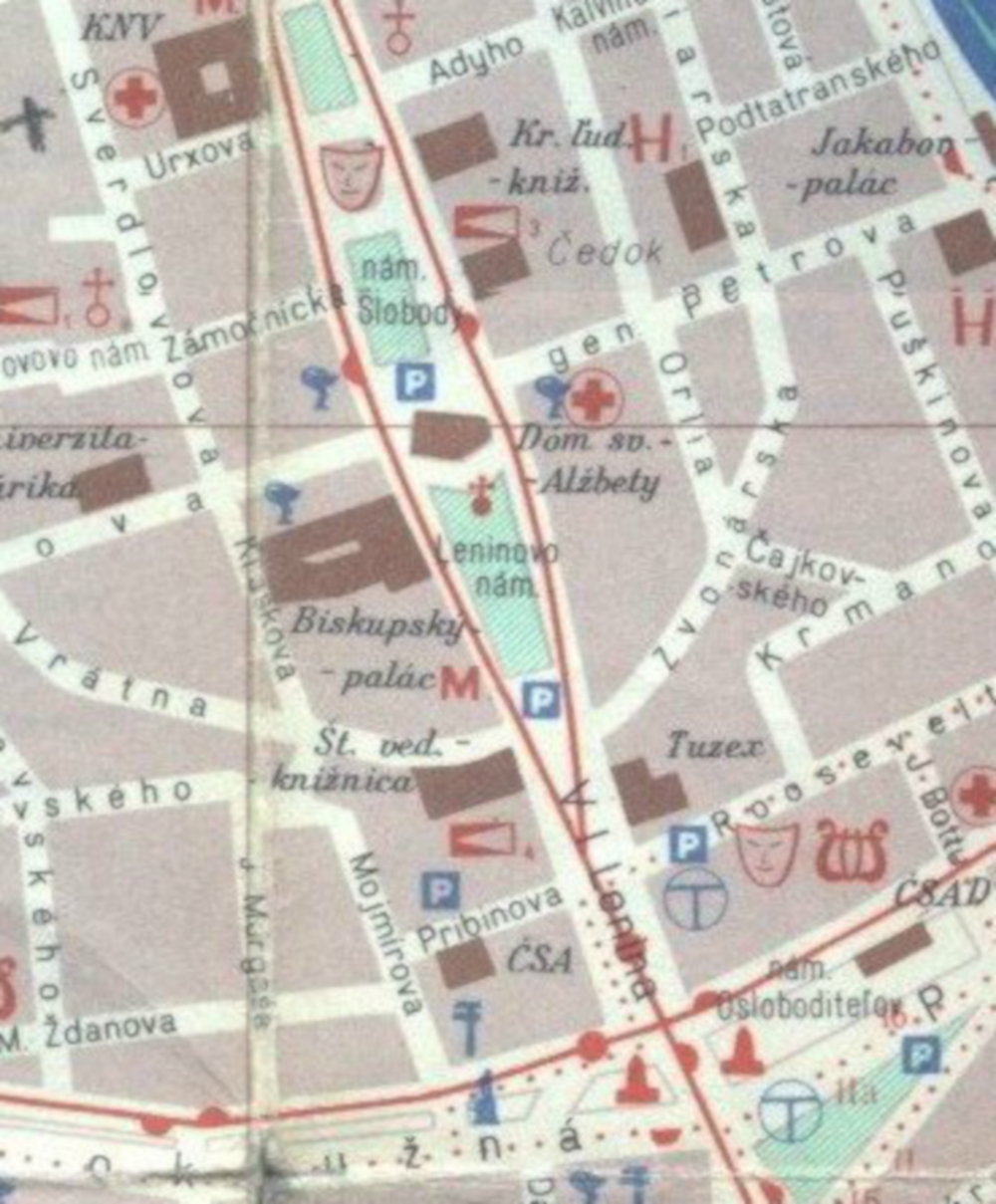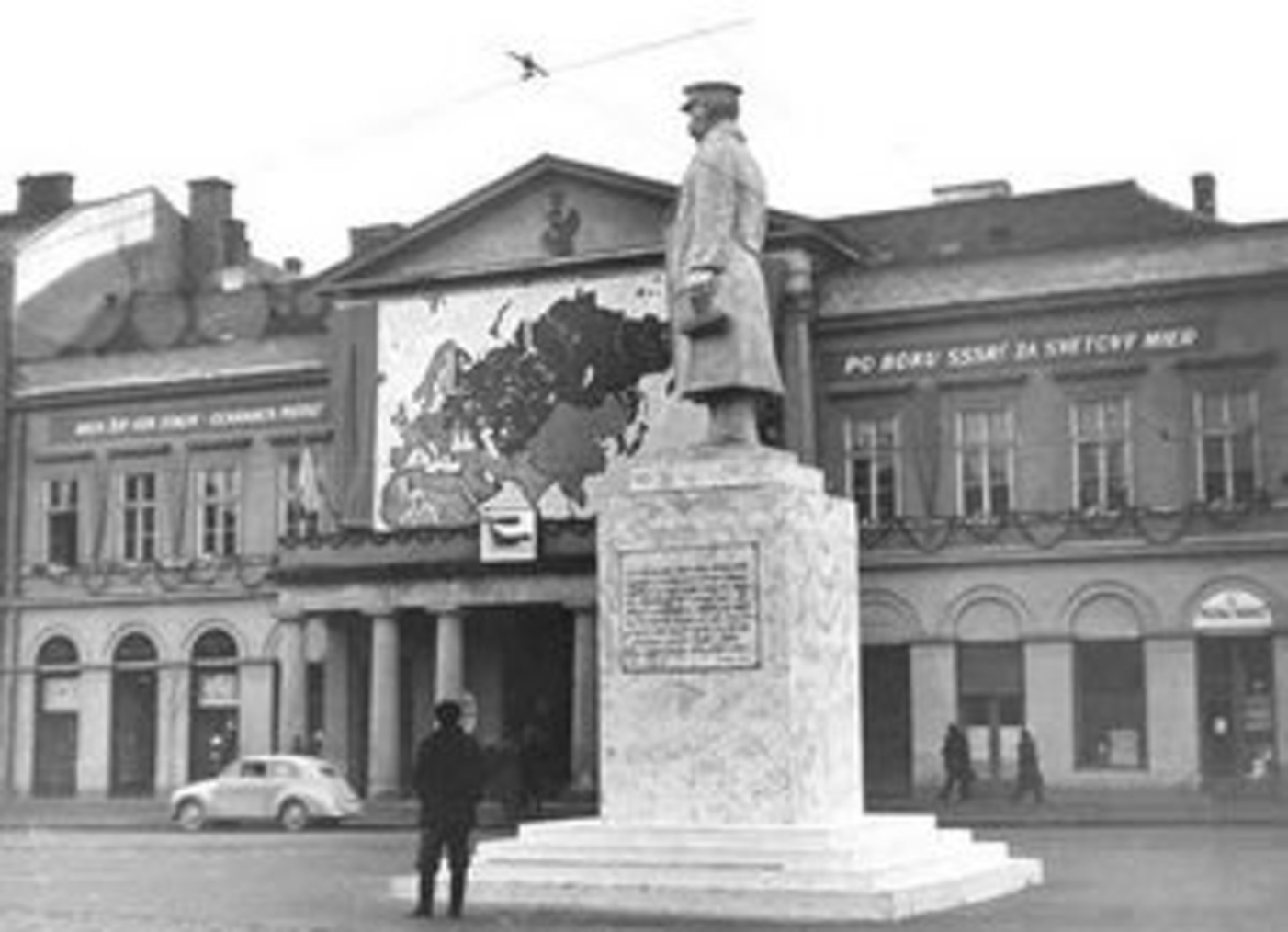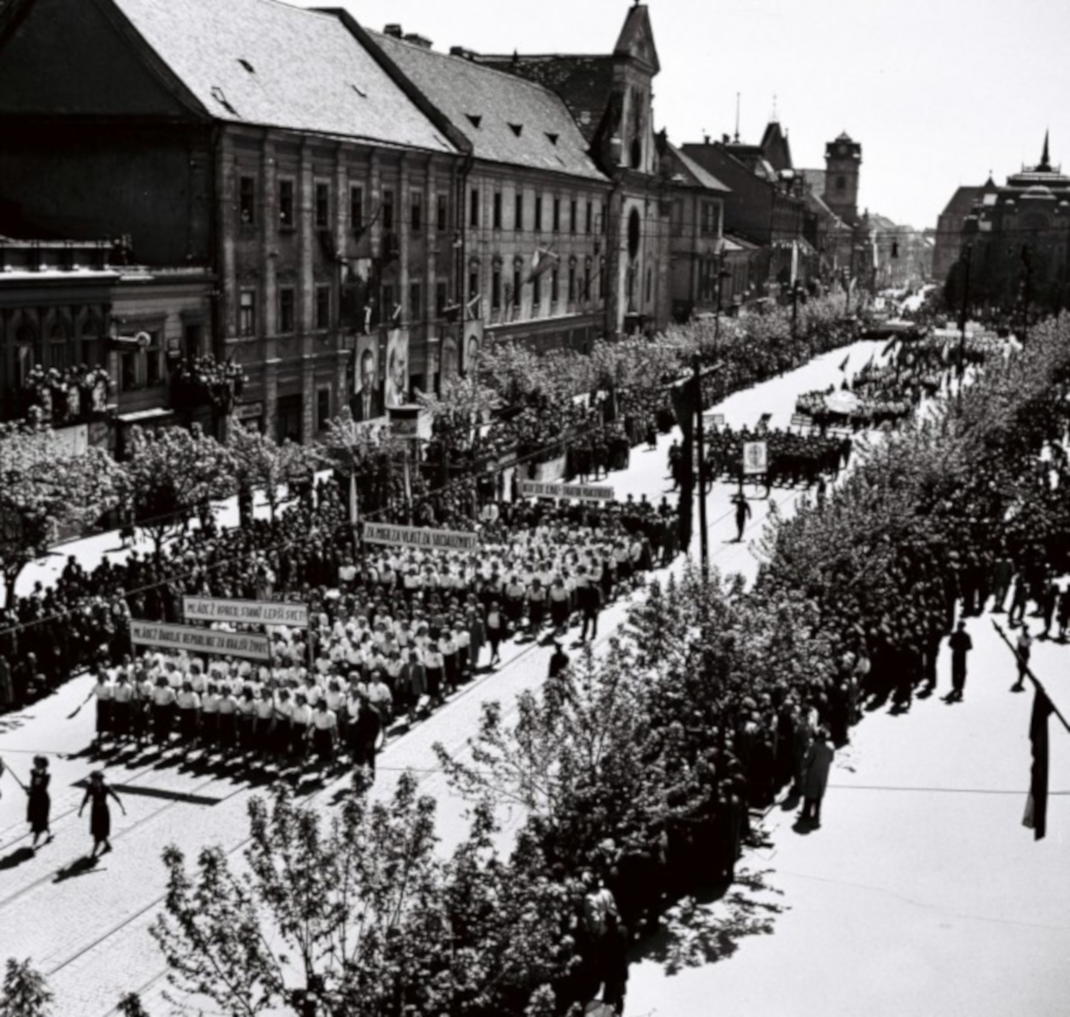Ideology and society
Juraj Varga, Lukáš Katriňák, Tatiana Birešová (CEDIN, Centre for Education and Innovations / Centrum edukácie a inovácií)
Duration: 45 min.
Target group: secondary school (age 16-18)
Teaching methods deployed:
- group work (development of cooperative learning)
- work with primary sources (development of inquiry-based learning)
Learning outcomes:
student is able to
- understand the term ideology and how it can manifest itself in everyday life
- characterise the concept of ideology
- identify signifiers of ideology
- identify the ways state power can influence the public space
- comprehend the relationship between the public space and ideology
- develop critical thinking through the analysis of textual and visual materials
Goals:
- characterise the concept of ideology,
- identify signifiers of ideology,
- identify the ways state power can influence the public space,
- comprehend the relationship between the public space and ideology,
- develop critical thinking through the analysis of textual and visual materials




